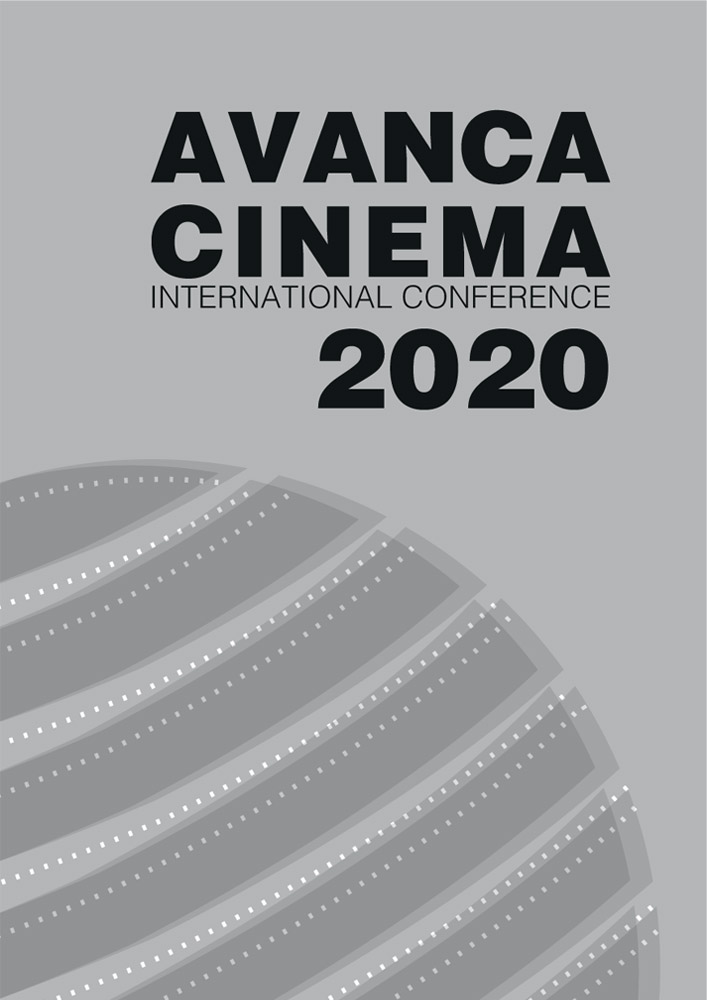Capítulo I _ Cinema – Arte
A construção de diferentes imaginários pelo sonoro de Maurice Ravel e as imagens de Tom Scott: o caso particular da Suite Ma mère l’Oye.
Resumo
Originally written as a five-movement piano duet, Ma mère l’Oye, composed by Maurice Ravel in 1910, it’s a musical Suite. Dedicated to the Godebski children, the piece was transcribed for solo piano by Jacques Charlot the same year as it was published (1910). Both piano versions bear the subtitle “cinq pièces enfantines” (five children’s pieces). Sleeping Beauty and Little Tom Thumb are based on the tales of Charles Perrault, while Little Ugly Girl and Empress of the Pagodas is inspired by a tale (The Green Serpent) by Madame d’Aulnoy. In 1911, Ravel orchestrated the work. This form is the most frequently heard today. Later the same year, 1911, he also expanded it into a ballet, separating the five initial pieces with four new interludes and adding two movements at the start, Prélude and first framework- Danse du rouet et scène. More recently, we have the animated proposal by Tom Scott.
In our proposal, it is our intention to understand how the imaginary soundscape is up to date by the animation proposal by Tom Scott in order to elucidate his contents, but we also intent two understand how the musical work transforme the discourse of Tom Scott.
Additionally, and because the musical piece has four versions, we want to analyze the differences between the original work for piano, the orchestral proposal, the little ballet and the last one – the animation by Tom Scott.

Este trabalho encontra-se publicado com a Licença Internacional Creative Commons Atribuição 4.0.

